Health & safety improvement: safety culture management
This paper gives an overview of the learning that Costain Skanska joint venture (CSjv) has embedded through the deployment of a safety culture measurement tool over a period of three years on the High Speed Two (HS2) – Enabling Works Contract (EWC) South programme of works.
As a result of the implementation, CSjv have recorded industry leading achievements including: a demonstrable improvement of safety culture over a three-year period against an industry recognised standard; Structured approach to pinpointing future strategic items for improvement; Significant increase in the number observations recorded against hours worked; and, Significant reduction in industry recognised lagging safety performance indicators, including Accident Frequency Rate (AFR), Lost Time Incident Frequency Rate (LTIFR).
This paper will be of interest to other projects considering their approach to safety culture measurement and benchmarking
Background and industry content
This learning is shared as part of the works to deliver the Enabling Works Contract (EWC) on the southern section of High Speed Two (HS2) phase one which includes demolition of buildings within the wider Euston area, utility diversions, environmental and ecological monitoring and a programme of historic environment and archaeological activities, delivered by the Costain Skansja joint venture (CSjv).
The EWC South is a programme of approximately 80 demolition and utilities diversion schemes designed to clear the footprint so that construction of the rail infrastructure can commence. The geographical scope of the programme stretches from Euston Station where trains will terminate in central London to just inside the M25 motorway in Middlesex close to Ruislip with a number of sites dotted along this path.

The contract commenced in 2016 and is due to complete in 2022. During the peak of site activities, more than 2000 people will have worked across the various EWC sites.
In 2018, there was a change of senior management at CSjv and the incoming CSjv Project Director requested several reviews to give an external view on culture and risk controls on the project.
One of the assessments requested was to measure the current safety culture. This was to enable the Senior Leadership Team (SLT) to interrogate the current level of maturity and to focus on specific areas for improvement throughout the delivery of the programme. It was planned that this assessment would be repeated over a given period to demonstrate growth and provide further areas of topical focus.
The assessment tool chosen by CSjv was Network Rail’s (NR) Dimensions of Safety (DOS)[1], as this is a widely recognised industry tool that assesses organisational behavioural maturity, unlike others such as RM3 in ORR, 2019[2] that focus more on process maturity. This would also produce an output that could be easily interpreted by the senior and middle management levels of the organisation to pinpoint and shape improvements.
DOS Tool Overview (Network Rail, 2013)
- The DOS tool[1] has been developed and launched for the Rail Industry as a way of interrogating Safety Culture across six specific dimensions. It enables consistent and collaborative measurement and action planning for improvement with its innovative use of Intervention Suggestions.
- It is important to note that not all Dimensions measured may be relevant to all organisations; as such, it informs a mature approach to measurement and assurance. DOS moves away from traditional scoring and status reports and focuses on action or intervention planning for improvement.
- The tool can be used at team, project, programme, and functional levels.
- The initiative started in 2009 within NR; suggesting that “Safety Culture” could be delineated into distinct parts or Dimensions. These Dimensions are areas of an organisation that directly affect safety, how it is managed and how it is “lived”, as follows.
During 2010 and again in 2013, this work was built upon by a pan-industry working group, which included the companies listed below and consultation from the Office of the Rail Regulator (ORR) and other parts of NR
| Company Name | Company Name |
|---|---|
|
|
In order to develop these six dimensions into something that may identify and measure a Safety Culture; the working group identified four factors for each dimension.
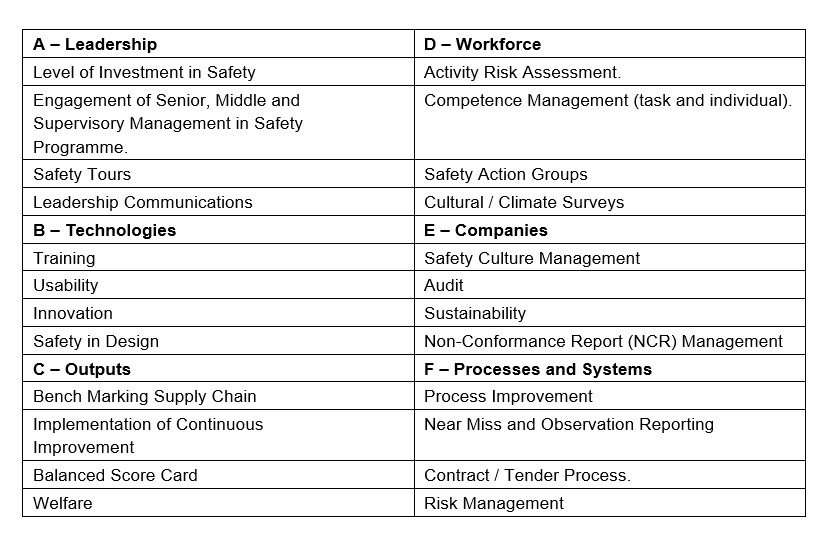
Using the Safety Culture measurement approach supported by the Health and Safety Executive (HSE) and recognised by the ORR the working group developed descriptions of each level of maturity – per element.
Finally, detailed intervention plan suggestions were written for each element’s maturity level. Whilst these are suggestions, they provide guidance and support for an organisation, team, and project or programme to evolve from level to level. These are context specific and were developed to engage and support improvements.
Scope and undertaking
CSjv have now commissioned the DOS assessment to be undertaken by an independent review team four times, each one comprising of an auditor external to the programme and a behaviour specialist. The duration of each review is four days in direct engagement. Evidence is captured against each element through interviews with a large sample of the CSjv organisation; including JV board members, project managers, engineering specialists, support teams and supervisors, sub-contractors, and the workforce. Reviews of documentary evidence support this process.
The review team undertook these interviews across a number of different project locations to obtain a balanced view.
Each DOS assessment comprised of an opening and closing meeting and CSjv were provided with a detailed report identifying the current maturity level in the DOS matrix. The report included some guidance of required improvements to increase the level of maturity for each element. The report was concluded with a summary of findings and some defined overarching recommendations for improvements.
After the receipt of each report, CSjv reviewed the findings and produced an action plan that specifically targeted areas for improvement. The majority of actions were strategic and formed part of the following year’s Safety, Health, Wellbeing and Environmental (SHWE) Strategy. Actions were Specific Measurable Achievable Realistic and Timely (SMART) whilst SLT members were assigned responsibility for completion. Progress against actions was reviewed periodically in our local Safety Health Wellbeing Environmental Leadership Team (SHWELT) meeting. CSjv also measured the success of the implementation for each action though project tools, such as climate surveys, feedback received through observations, inspections and SLT engagement tours.
Progress
To date, three DOS assessments have been conducted, each demonstrating an improvement year upon year. Scoring increased in 10 of the 24 elements in the second review in 2019 and increased in 5 elements in 2020. This smaller increase was due to the fact that the programme was attaining higher scores in some elements and to further increase the scores becomes more onerous as this requires creating new industry standards. Some items refer to NR systems where the project also has not seen an increase.

CSjv have planned one further assessment as the programme comes towards a close.
Lessons learned and successes
Overview
CSjv want to share some of what was learnt as a result of undertaking the cultural maturity assessment and how, by using this process, it has benefitted the HS2 programme. The next section will explore in further detail three elements of the DOS assessment, two of which have seen improvements assessment upon assessment, and one of which has seen no progression against the assessment. These are:
- Leadership – Engagement of Senior, Middle and Supervisory Management in Safety Programme +2
- Companies – Safety Cultural Management +2
- Workforce – Cultural/Climate Surveys +/-0
Section A – Leadership – 2 – Engagement of Senior, Middle and Supervisory Management in Safety Programme
Table 2 below shows the maturity assessment criteria that must be met for each level for engagement of senior, middle and supervisory management in the safety programme within the DOS assessment.
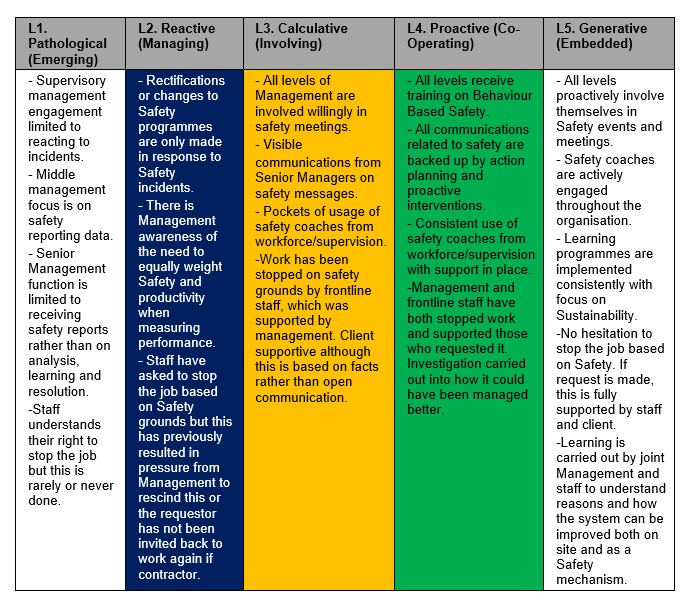
Table 3 below shows the assessment result from 2018, 2019, 2020 and the related action plan developed for improvement.

Learning: The range of sites where the DOS audit was undertaken across the programme provided the SLT with a comprehensive overview on the uptake of the initial strategy and deliverables, in particular the uptake of IFE half day orientation. The assessment highlighted that performance against specific strategic items was not measured, nor was there a consequence in place for non-completion. Behavioural management science tells us that in the absence of proper feedback or consequence, any expected behaviour (inclusive of that of an organisation) will go into extinction. Following the initial assessment, IFE attendance was improved to >97%. This was achieved by measuring the number of people attending site who had completed IFE and providing feedback to those in the consequence chain (i.e. the SLT). Where people had not attended, consequences were introduced.
The programme also integrated the behavioural coaching programme with the Front Line Supervisor (FLS) development programme, to ensure all supervisors received coaching. Following the second assessment, coaching was extended to cover how to effectively challenge when things are not safe, and for supervisors, how to receive and react to a challenge by a member of the workforce.
SLT visibility has been improved across the programme through ensuring that each SLT member delivers a monthly programme update briefing.
Section E – Companies – Element 1 – Safety Culture Management
Table 4 below shows the maturity assessment criteria that must be met for each level for safety culture management within the DOS assessment.
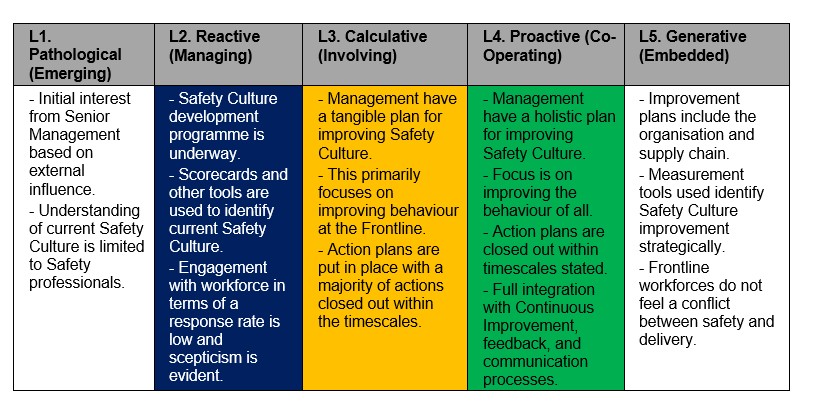
Table 5 below shows the assessment result from 2018, 2019, 2020 and the related action plan developed for improvement.
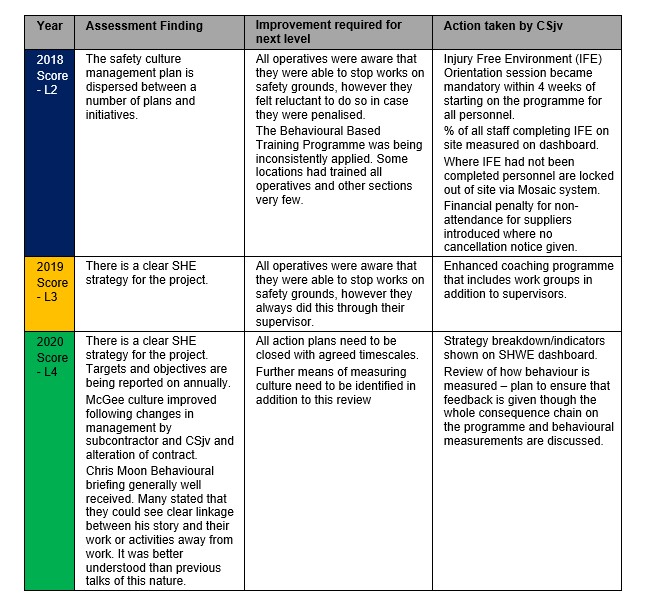
Learning: The first assessment helped to demonstrate to the SLT that the programme SHWE Strategy was too broad in focus. Its initial conception was also not based on data and feedback, and the deliverables initially targeted became obsolete as they did not remain aligned with project performance. Issues raised in this initial assessment enabled the programme to target, in a systematic way, items to improve safety performance. This was done by producing a new programme strategy (CSjv, 2019-2) at the outset of 2019 with a significantly reduced number of SMART deliverables. These targets were relevant to all personnel thereby stimulating interest in the delivery teams to improve performance in line with this strategy. Further improvements have been made in launching the strategy with the assistance of special guest speakers. Improvements to the tracking of the deliverables in this strategy have been made and all elements are now displayed on the monthly programme SHWE dashboard see figure 3 below; this is reviewed by the SLT and HS2 monthly using a traffic light rating system.

Section D – Workforce – 4 – Cultural/Climate Surveys
Table 6 below shows the maturity assessment criteria that must be met for each level for cultural/climate surveys within the DOS assessment.
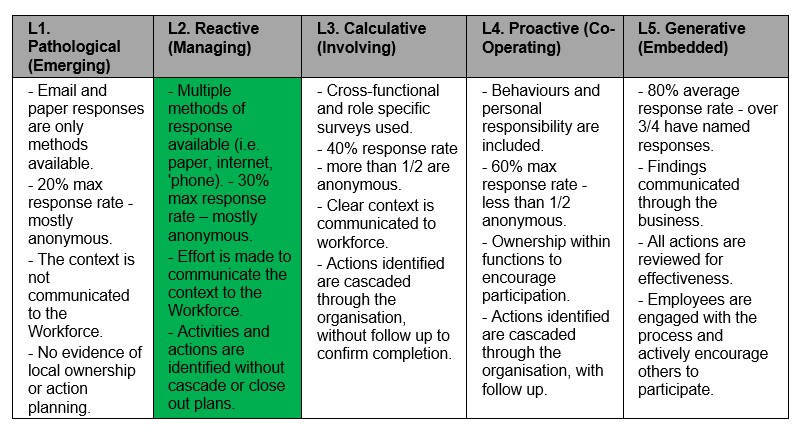
Table 7 below shows the assessment result from 2018, 2019, 2020 and the related action plan developed for improvement.
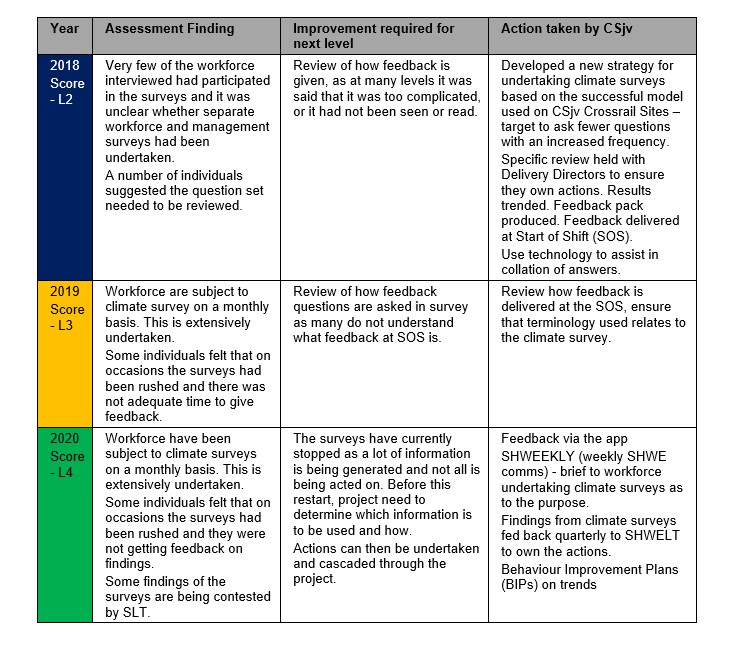
Learning: Following the initial review in 2018, CSjv looked to overhaul how workforce surveys were conducted across the programme. CSjv reviewed and implemented a model that had proved successful on CSjv Crossrail projects where fewer questions were asked but the frequency of these surveys was increased.
CSjv introduced technology to assist in the collation of answers making this multiple-choice using voting pads.
A specific review panel was introduced, made up of the Delivery Directors responsible for all areas across the programme to interpret the data and effect change. Feedback was placed into a standardised pack and then briefed at the Start of Shift Briefing (SOS) monthly.
In the 2019 assessment, despite an increase in the number of people providing responses, and feedback being delivered monthly at the SOS, the workforce still did not recognise where feedback was being delivered. This led to an extensive review of the terminology used to deliver this feedback.
In 2020, the assessment identified that some members of the SLT felt that some findings contradicted other data across the programme; subsequently the workforce survey was paused. There is now a plan to change how data is collected. This is planned to recommence through anonymous interviews in the second half of 2020 using behavioural coaches.
The learning that CSjv have taken from this is that although a process may be introduced that has worked elsewhere within the business (i.e. the Crossrail strategy), it will not necessarily provide the desired outcomes on a new programme of work. Demonstrating a mature culture, CSjv recognised that the climate survey strategy which was introduced did not result in demonstrable progress and has since changed tack with the data collection methodology.
Recommendations
The introduction and use of the DOS assessment tool has provided CSjv with an industry recognised benchmark to demonstrate our organisational cultural maturity and has assisted in growing this maturity over a three year period on a specific project.
The industry recognised lagging indicators over the last three years show that the introduction of DOS has been a success:
- Observation reporting ratio increased from 69 to 264 (calculation based on observation numbers against hours worked)
- Accident Frequency Rate (AFR) reduced from 0.09 to 0.02
- Lost Time Injury Frequency Rate (LTIFR) reduced from 0.24 to 0.10

Using DOS has allowed CSjv to take a structured approach to reshape and pinpoint our SHWE strategy. Year upon year CSjv has seen a continuous improvement in cultural maturity. The DOS audit has also ensured that CSjv are targeting topical risk areas. The guidance set out in the interventions section of the DOS assessment has helped significantly with this.
DOS has given CSjv an independent review of whether the right information is provided to the right people and the effectiveness of communication modes.
It has recognised that although changes may be implemented, they may not prove successful. CSjv has learnt that some improvements may not provide a solution on initial deployment and further ideas may need to be tried to find the right solution.
DOS has also highlighted the importance of measuring the right indicators and ensuring that feedback is given. DOS has shown that deliverables without consequence will go into extinction and will become less of a priority for the organisation.
The DOS assessment was designed for NR principal contractors, some of the element criteria are not achievable, and or out of scope for the type of work undertaken as part of the HS2 scope of works.
It is recommended that the DOS assessment is revised to better reflect the type of work undertaken as part of the wider HS2 programme of works and utilised by all Tier 1 organisations as a tool to measure safety culture maturity. Consideration is to be given to the deployment of the DOS assessment to Tier 2 suppliers.
Acknowledgements
The authors wish to thank all those who have contributed to the successful implementation of CSjv’s risk management process. These include:
- Peter Jones (formerly CSjv Programme Director)
- Neal Carter (formerly PMO Director)
- Des Roy (formerly CSjv Systems Manager)
- Leanne Murray (formerly CSjv SharePoint expert)
- Will Christie (formerly SHE Innovations Advisor)
- Andy O’Shea (Andrew James Associates Ltd Consultant)
- Jackie Bolsover (Costain Behavioural Management Lead Consultant)
References
- Network Rail, 2013. Dimensions of Safety Guidance Document Version 1.2 [pdf] [Accessed 10 June 2020]
- ORR, 2019. Risk Management Maturity Model (RM3) 2019 Third Edition [pdf] [Accessed 04 June 2020]
- CSjv, 2018. CSjv EWC DOS Audit Report, 2018. [doc] [Accessed 04 June 2020]
- CSjv, 2019. CSjv EWC DOS Audit Report, 2018. [doc] [Accessed 04 June 2020]
- CSjv, 2020. CSjv EWC DOS Audit Report, 2018. [pdf] [Accessed 04 June 2020]
- CSjv 2019-2 CSjv EWC 2019 Safety Health Wellbeing and Environmental Strategy [pdf] [Accessed 04 June 2020]
